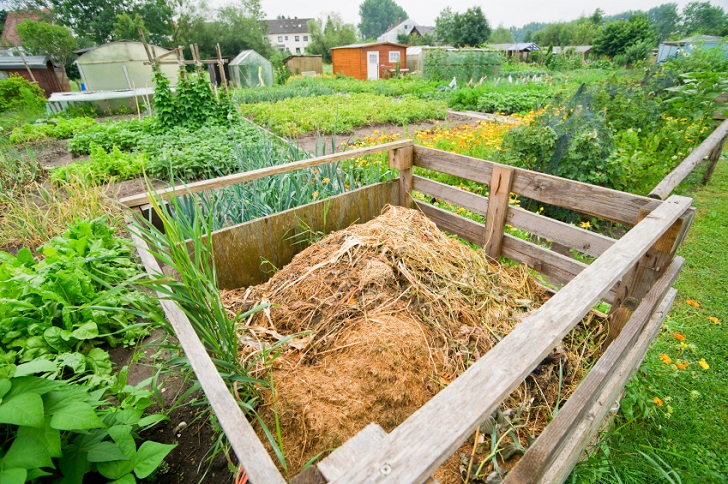

So far as inexperienced residing goes, composting pure waste is about as earth-friendly on account of it may get.
In case you’ve been composting for some time now, you’re doable conscious of the extended pointers of compostable objects you may add to your pile, together with a couple of gives that basically don’t belong in a healthful compost heap.
Whereas there are explicit objects which can be extra sturdy to compost, almost one factor of pure origin may very well be composted or in another case recycled.
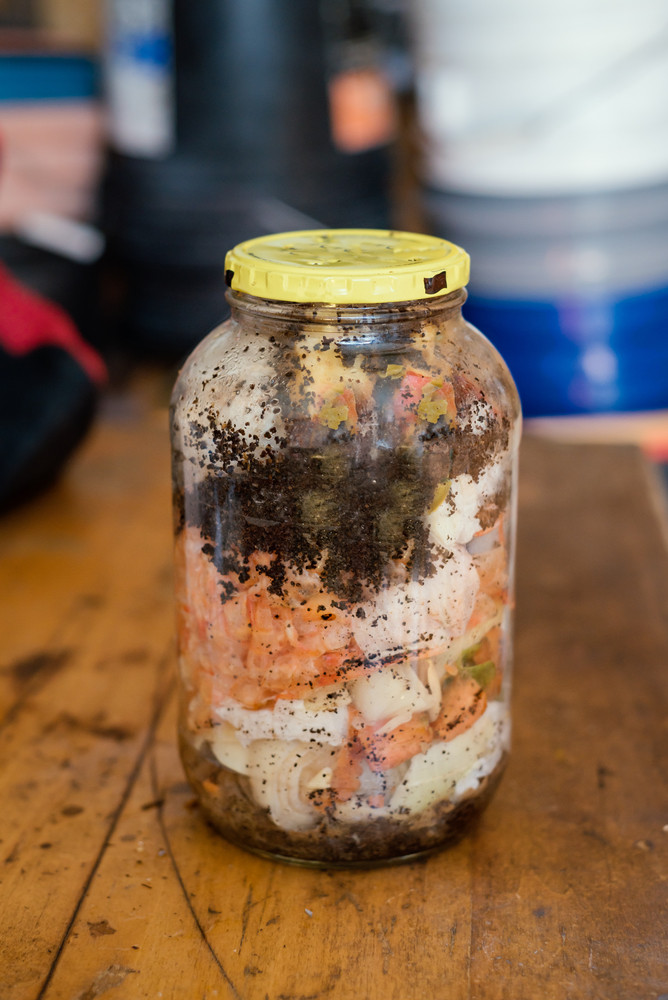

Inside the hassle to encourage additional composting – and not at all lots a lot much less – we’ve rounded up among the many many extreme objects we’re normally advised to not add to the compost heap, however have included strategies to eliminate these gives that doesn’t comprise the landfill.
In case you shudder on the thought-about tossing organics contained in the trash, be taught on!
1. Pet Waste
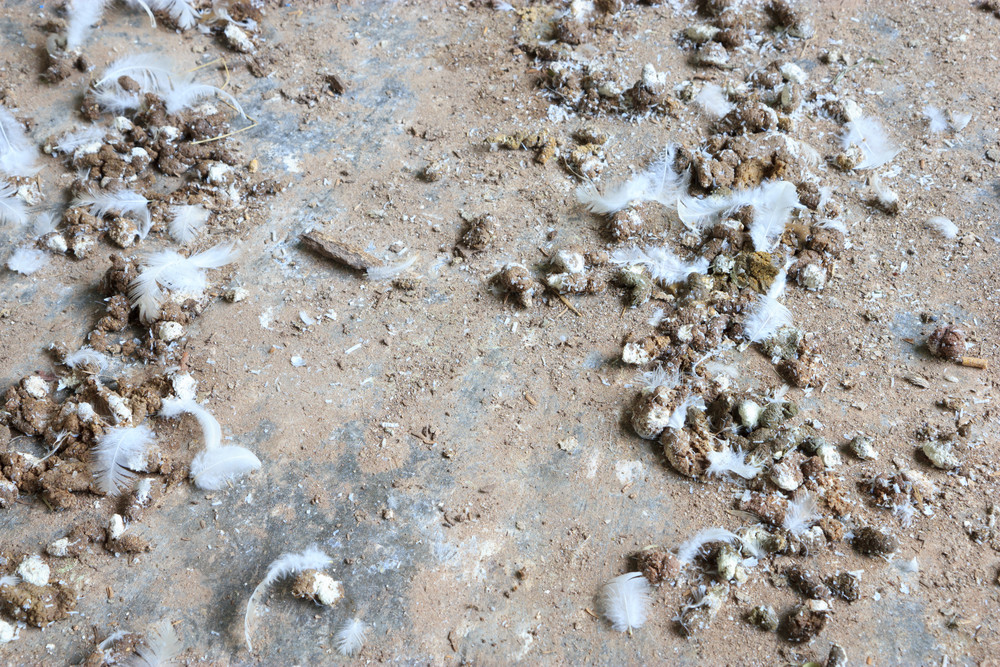

Animal manure sourced from cows, goats, sheep, rabbits, chickens, llamas, hamsters, and completely completely different herbivores are wealthy in nitrogen, helpful cardio micro organism, and are completely good additions to the compost. Utilizing waste from canine, cats, and completely completely different carnivores, nonetheless, is usually thought-about a no-no.
The priority is that canine and cat feces might carry dangerous microorganisms and parasites that, when used to develop meals, can contaminate your crops. For felines, the first drawback is toxoplasmosis and for canine, roundworms.
That acknowledged, in case you actually need to study from this free and renewable useful helpful useful resource, there are methods you may compost canine and cat poop safely – offered you retain it in a separate pile and in no way use composted pet waste on food- bearing crops.
For step-by-step directions, be taught these articles on canine waste composting and kitty litter composting.
2. Any A part of the Walnut Tree
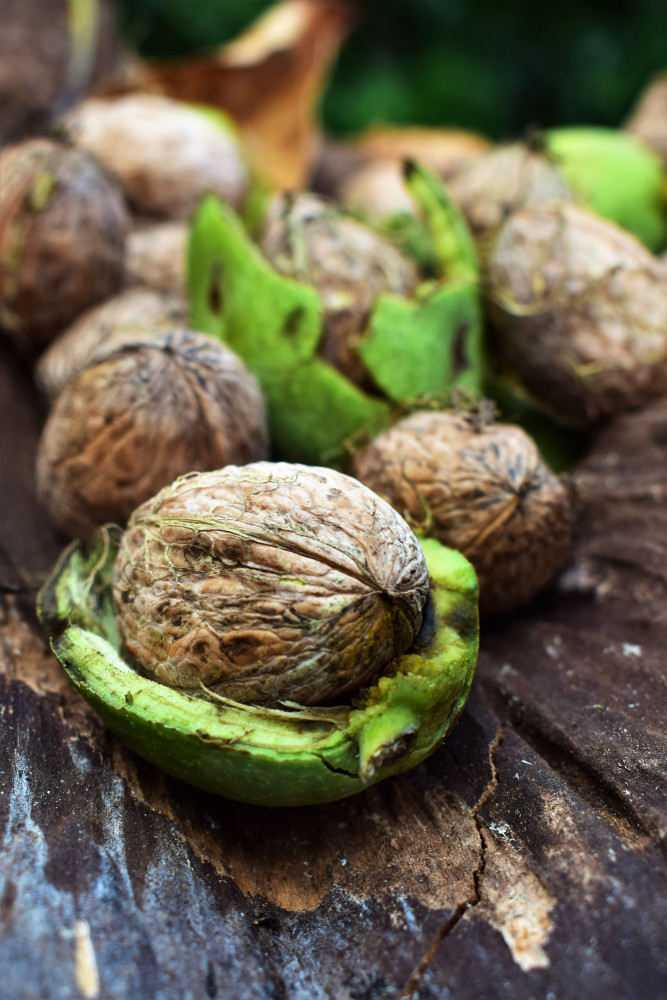

All members of the walnut household (Juglandaceae) produce juglone, a compound that’s poisonous to many juglone-sensitive crops akin to tomatoes, peppers, eggplant, cabbage, and asparagus.
Discovered contained in the bark, leaves, roots, fruit, and branches of walnut bushes, even conserving a walnut tree close to your yard may set off yellowing, wilting, and the eventual demise of sure crops. Though all walnut species comprise juglone, black walnut bushes are probably basically probably the most concentrated with this substance.
Although there are a slew of crops that can’t address this compound, there are quite a few additional which can be tolerant of juglone.
Walnut tree waste may very well be made into compost, as evidenced by one courageous gardener as soon as extra in 2008, who used it as a soil modification for his pawpaw bushes.
So in case you occur to have an abundance of walnut waste, it needn’t be trashed so long as you retain it in a separate compost heap and solely use the completed humus on juglone-tolerant crops.
3. Tea Baggage
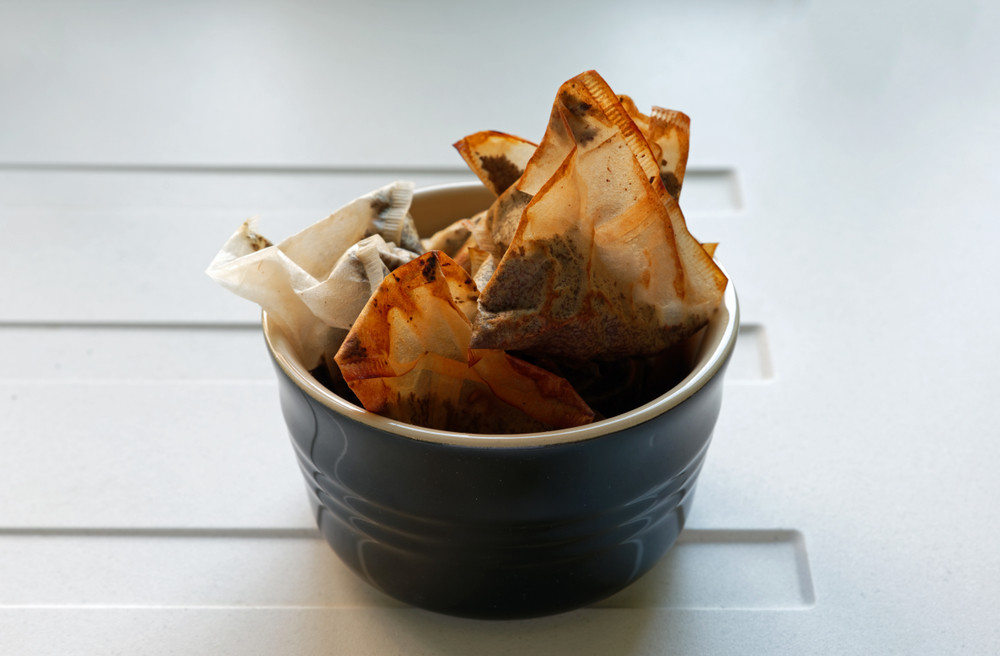

Tea leaves make for an beautiful addition to the compost since they comprise nitrogen, tannic acid, and hint dietary nutritional vitamins that enhance the practice of helpful microorganisms, improve oxygenation, enhance soil high quality and create stronger root strategies.
Tea baggage, alternatively, are sometimes made with polypropylene, a heat-resistant plastic mesh that’s used to connect the sides of the bag collectively.
Like completely completely different plastics, polypropylene doesn’t readily decompose and might leach chemical substances, like BPAinto your compost pile.
Moreover you solely drink teas which is likely to be obtainable cotton or hemp baggage, it’s largest to take away the tea leaves from the bag before inserting them contained in the pile.
4. Meat & Bones
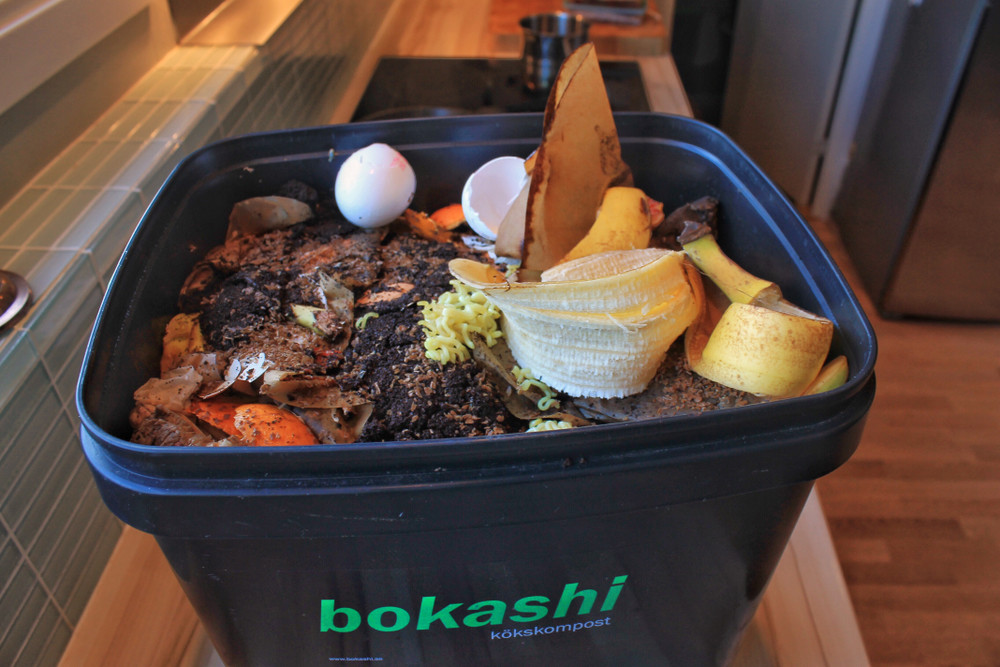

In case you’ve been composting for some time, you’ve doable heard the drill about inserting meat and bones contained in the pile: it’d entice many undesirable scavengers and pests and it’ll make the entire heap stink.
Most completely completely different pure scraps don’t set off these elements due to the kind of organisms that thrive on breaking down greens, espresso grounds, yard waste, and the like, are cardio and require an excessive amount of oxygen to do the work of making humus soil.
Whether or not or not or not uncooked or cooked, meat and animal carcasses decompose with the assistance of anaerobic organisms that reproduce in airless environments.
This lack of oxygen is what causes a compost pile to reek of rotten eggs or bitter milk, creating a beautiful aroma for rodents, raccoons, skunks, and flies.
Whereas an open-air compost heap will present no security in opposition to pests and odors, there are completely completely different choices for disposing of meat and bones in an earth-friendly methodology.
One is to make the most of a trench composting system for meat scraps. One completely different is to make the most of an enclosed anaerobic system, like Bokashi binsto shortly break down meats in a method that obtained’t set off a stink and is totally inaccessible to bugs and scavengers.
Examine Subsequent: 9 Causes You Should Begin Bokashi Composting
5. Cooking Oil
Placing cooking oil into your compost is broadly discouraged and for good operate – not solely is it alluring to vermin, it tends to coat your pure gives with a water-proof barrier, which reduces air stream and slows down the decomposition course of.
Although artificial oils ought to in no way go into the compost, you may, nonetheless, pour very small components of plant oils and animal fat into the bin – akin to sunflower oil, olive oil, suet, and lard.
You’ll furthermore need to make certain your compost is good and scorching (between 120F and 150F), and aerated on the widespread.
Earlier than trying so as in order so as to add cooking oils to your heap, attempt to reuse it first.
In case you occur to have an ample current of oil, search Craigslist, Earth911or contact your native authorities to look out firms which will fortunately recycle it.
6. Dairy Merchandise
As with meat, dairy merchandise like milk, cheese, butter, yogurt, and ice cream added to the compost will normally generate a foul odor which will captivate the native fauna.
Whereas a Bokashi system or trench composting are viable dairy disposing choices, merely guaranteeing the compost pile is wealthy in “brown” carbon gives, rising airflow by usually aerating the heap, and guaranteeing the dairy merchandise are at all times buried deeply all by way of the pile are methods to stop the scent and thwart critters.
7. Weeds & Diseased Vegetation
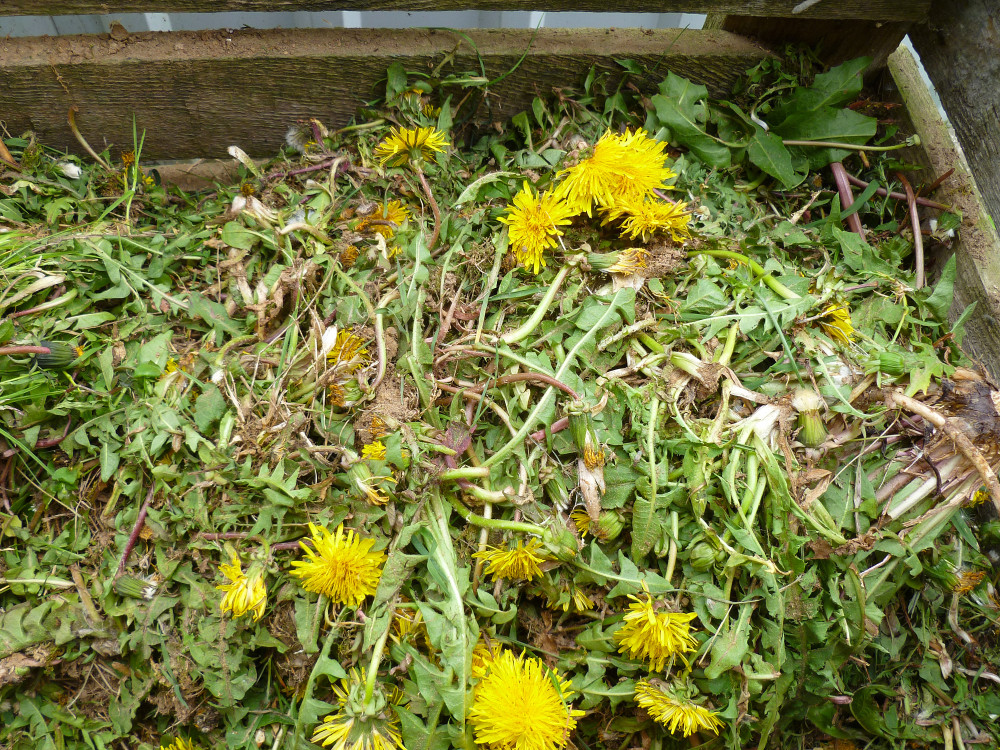

These new to composting are sometimes steered to depart diseased crops and weeds out of the pile.
The reasoning is that introducing these kinds of contaminants to the compost poses the opportunity of spreading invasive weeds and plant pathogens to your yard whenever you add humus to the soil.
And positively, chilly composting will most actually permit weeds and sicknesses to lie dormant for a time, solely to crop up as rapidly as you utilize the completed compost.
The excellent news is that you just simply merely can use these gives as feedstock to your compost, so long as you sterilize them with warmth.
Weed seeds and most pathogens shall be destroyed when saved at a relentless temperature of 130F to 140F for 3 days.
In case you already use the present composting methodology, then be glad so as in order so as to add weeds and diseased crops to your pile.
In case you’re a chilly composter, you may nonetheless avoid chucking these organics inside the rubbish – merely seal them up in a black plastic bag (guaranteeing the bag is freed from holes) and place it in sunny spot for a month. Test the contents sometimes to search out out whether or not or not or not they’re sufficiently fried – they have to be completely dried out and crunchy – after which toss them contained in the compost.
8. Earlier Garments
Polyester, nylon, rayon, spandex, viscose, and acrylic yarns are man-made fibers and should not match for the pit. Pure fibers derived from crops and animals, akin to wool, cotton, hemp, silk, linen, down feathers, and leather-based will break down contained in the compost, although the technique shall be fairly sluggish.
One decision to tempo factors up is to cut them up into smaller objects before along with them to the pile.
Earlier than you toss garments into your compost, nonetheless, actually assure they’re created from pure sources – even objects labeled as 100% cotton might have been manufactured with artificial stitching thread, inks, and decals.
Nonetheless before you begin shredding up your earlier garments, keep in mind reusing them (as rags, drop cloths, and so forth.) first.
If it’s nonetheless wearable, donate earlier garments to native charities. If it’s not acceptable as clothes, you may as well get hold of textile recyclers in your house.
9. Grass Clippings
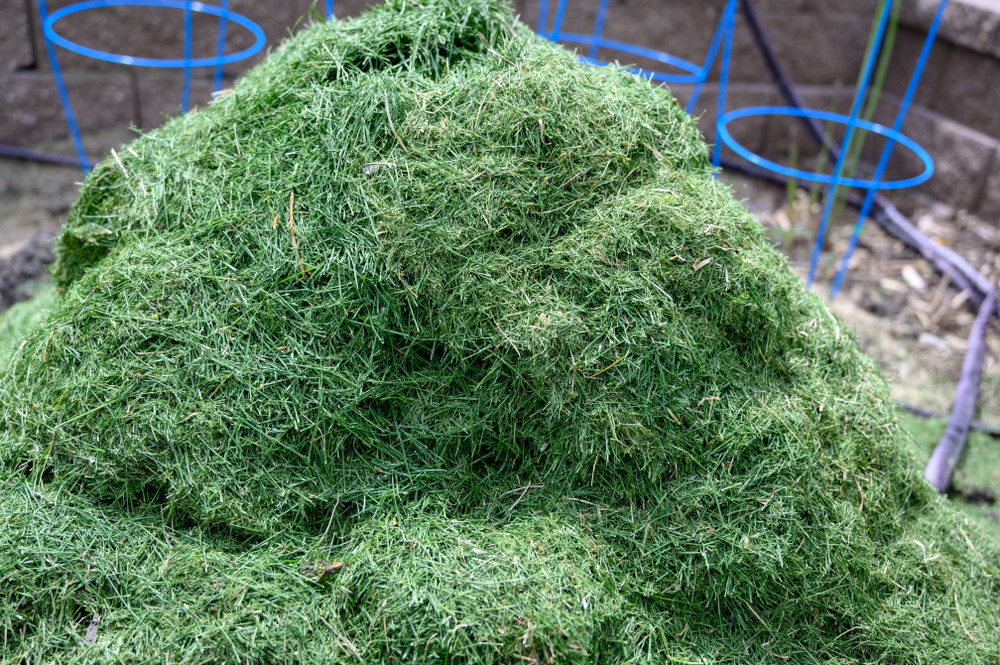

Excessive in water content material materials supplies and wealthy in nitrogen, at first look grass clippings would appear like the correct “inexperienced” provides so as in order so as to add to your compost.
And nonetheless, dumping a payload of freshly-cut grass onto your pile has the tendency to smother the entire heap and render it anaerobic, which in flip causes a slimy and smelly compost which will very properly be very sluggish to degrade.
The one decision to recycle yard trimmings is to easily “grasscycle” and depart the clippings on the yard as fertilizer.
Nonetheless in case you’d pretty accumulate clippings for compost, permit the grass to dry out for a pair days before along with it to the pile.
Furthermore make certain you flip the pile each few days to foster an cardio compost ambiance and to solely add it to the compost in small parts, layered with beneficiant parts of brown gives.
